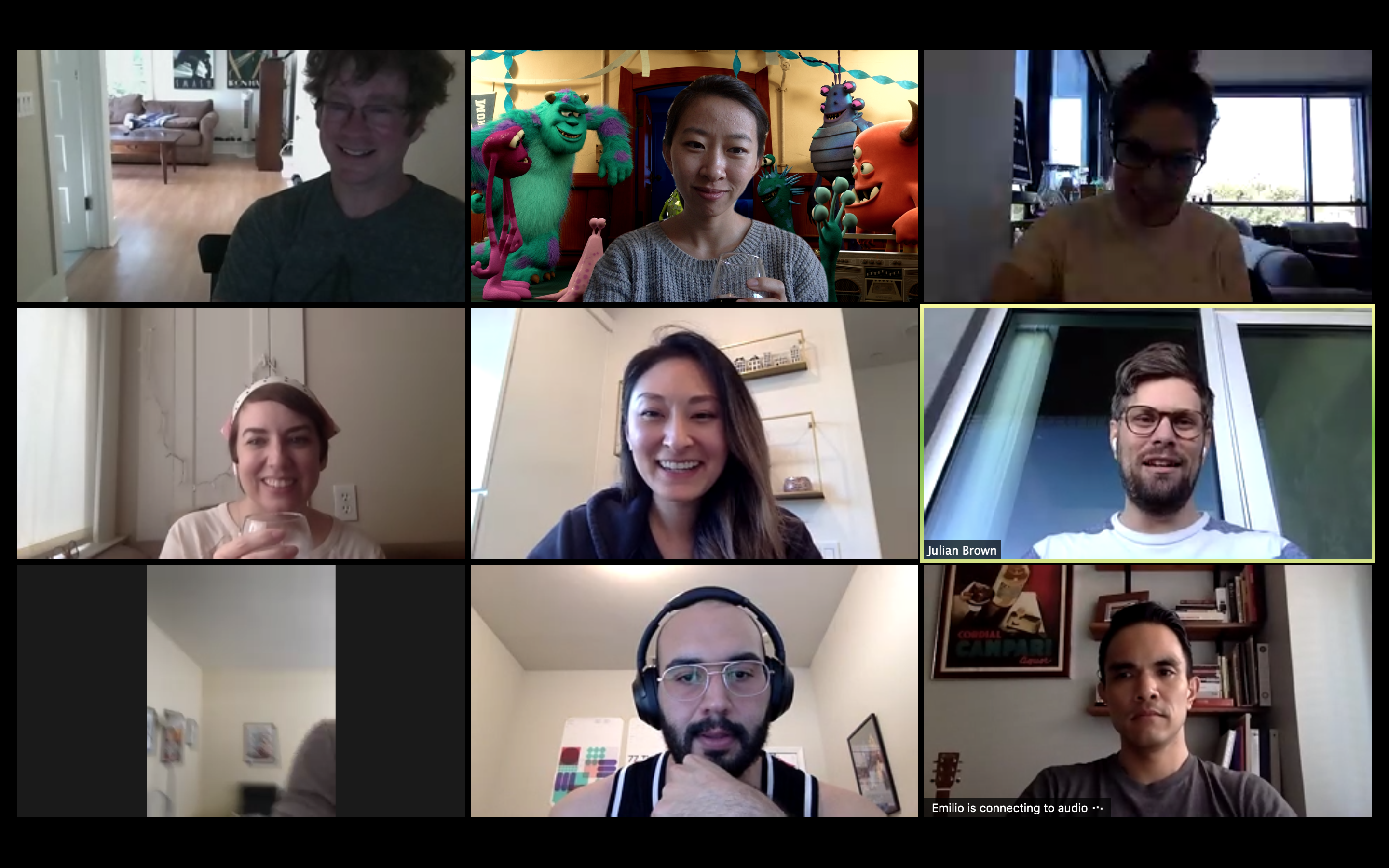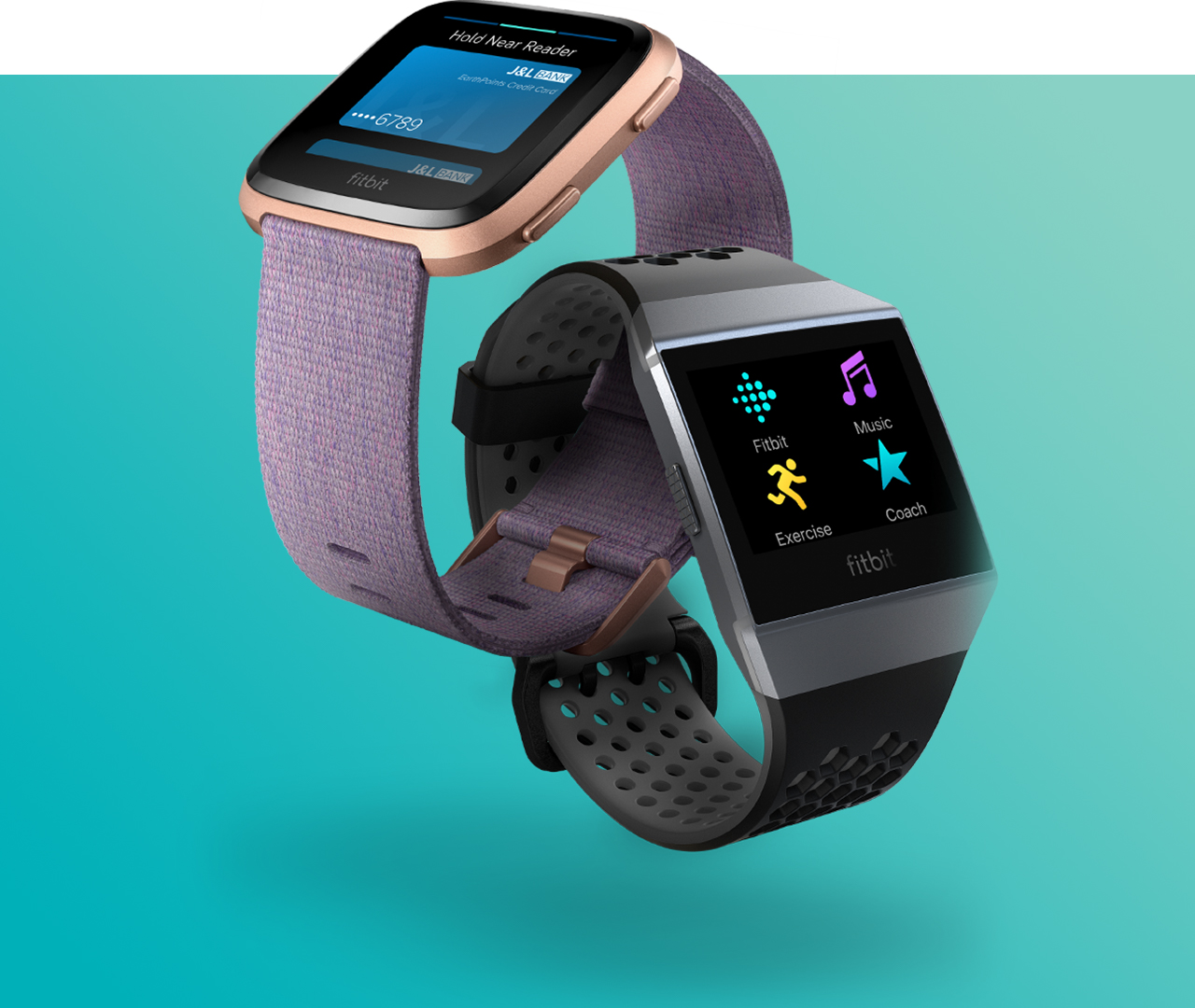
Shifting from In-Person to Remote Research
We are no longer conducting “research as usual.” At Punchcut, we understand how needs are rapidly evolving (both collectively and individually) because of COVID-19, and we’ve responded by adapting our research practice to fully remote methods. While we are mixed-method researchers, the pandemic has introduced additional complexities, not just for in-person research but also for remote research. We’re learning about issues impacting our clients’ current and future customer base. We’re seeing how people’s attitudes, behaviors, expectations, and goals have shifted and will continue to shift over time. Our goal is to capture the profound, long-term impact of this crisis and figure out how we can best help our clients to stay ahead of these consumer trends and meet their emerging needs.

1. Researching Mindfully for New User Understanding
- In order to understand people’s current behaviors, needs, and motivations, we aim to identify how they are different from before the crisis hit and track how they continue to evolve.
- This systemic crisis will directly affect entire user groups. We consider local and global impact, as well as ways to support folks through recovery. This is particularly important as people weigh the risks versus the benefits of getting out of their homes more, along with their own tolerance for uncertainty.
- Our UX research experts are compassionate and sensitive towards participants’ unique situations while being mindful of the potential for data to be skewed by our current conditions.
2. Recognizing Changing Customer Relationships
- The customers that companies once had may no longer have a need for their product, service, or experience. However, that same product may now solve a new problem that didn’t exist before for consumers who companies were unaware of.
- Economic issues hitting both companies and consumers will likely lead to changes in supply and purchasing. Identifying consumer priorities will help companies effectively focus limited resources.

3. Being Patient and Precise in the Recruiting Process
- Recruiting during great instability can take longer than usual and may require extended research study timelines. We are flexible and respectful of our participants’ situations as they consider the most appropriate time for involvement in a research study.
- We recognize that during an economic downturn, incentives may cause unqualified research candidates to try to force-fit into a study. We spend extra time screening participants to ensure quality data.
- Video screening and establishing precise criteria help us to secure ideal participants. By doing this early on, we can determine their communication ability and tech fluency.
- With improved digital accessibility, we can also reach participants who we might not have been able to reach previously, increasing the inclusivity of our research. Since travel is not a barrier, we have the ability to expand and geographically diversify our participant pool.
- We track participant availability and cancellations to monitor drop out rates and how they’re fluctuating during this uncertain period to help with recruitment strategies going forward. As a result, we recruit additional backup participants with the knowledge that cancellations are likely to increase as the crisis causes significant instability.
4. Monitoring Trend Shifts through Secondary Research
- We proactively stay aware of trend shifts across industries via national news outlets, social media, industry publications, and published surveys.
- Using market research aggregators, we can do preliminary investigation into targeted demographics to get an initial assessment of attitudes and behaviors.
5. Pivoting from In-Person to Remote Research
- We’ve adapted our UXR approach by shifting our in-person research methods and techniques to fully remote methods. We gather data and insights through a variety of ways:
- Remote Contextual Inquiries
- Virtual walk-through
- Diary study – analog or digital
- In-home video observation
- Journey mapping
- User Interviews
- Subject Matter Expert Interviews
- Moderated concept generation
- Moderated usability testing
- Qualitative surveys (small to medium group of participants)
- Quantitative surveys (large sample size; statistically significant)
- Co-creation workshops
- Focus groups
- Remote Contextual Inquiries

- Examples of how we’ve done remote research:
- During one remote contextual interview, using Google Meet, a restaurant marketing manager was really proud of his social media efforts. He held his phone up to the video camera and swiped through the Instagram posts, showing us what had been really successful. We were able to capture the examples he showed as well as observe the genuine excitement on his face while he shared it.
- We were able to have our future-forward haptic designs validated by experts from all over the world by conducting design reviews via video chat, using InVision to show designs and rank order them in real-time. The experts were also able to share relevant articles and products related to our concepts right in the chat. We captured it all with QuickTime and transcribed using Rev.com.
- Using Figma prototypes and Google Meet, we were able to have on-going discussions with participants while walking through versions of a new website feature for a delivery company. In addition to getting clear preferences and usability data from the sessions, the insights we got through the conversations were used to inform a separate product update.
- We conducted a remote qualitative card sorting study using Padlet, a collaboration web-app with participants around the world. We moderated the sessions through video calls using GoToMeeting. By moderating the live sessions, we captured participants’ thoughts as they virtually grouped a few cards on the board, then after some self-debate, shifted the cards to a different grouping. All of this provided key data that led to insights for designing information architecture.
6. Actively Workshopping with Clients
- We have facilitated a number of remote workshops using a combination of cloud-based collaborative tools such as Figma, Slides, and InVision and conferencing platforms such as Meet, Zoom, and Teams. We’ve found an exceptional level of attendance and engagement among participants.
- The ability to record and share virtual workshops effectively captures discussions and final artifacts.
- Many video conferencing tools enable splitting into smaller groups while not exiting the primary meeting, easily allowing for breakout sessions.
- We have specifically selected easy-to-use tools for all levels of technical expertise, and have created helpful how-to guides for those who are new.

7. Virtually Conducting Synthesis + Analysis
- Figma allows us to virtually recreate our usual methods of synthesis and analysis.
- By creating Frames for each participant and color-coded virtual Post-It notes, we can quickly synthesize our qualitative data and collaborate on affinity mapping exercises.
- Our quantitative data analysis tools are unchanged by having a fully remote research team.
Research is Critical in Times of Change
During this critical time, we strongly advocate for continued user research to lead product decisions with meaningful data and insights. We embrace Design Acceleration, a process for transforming change into an opportunity for growth. Our team uses these methods to identify and resolve today’s problems so we can help move businesses forward. As circumstances continue to change, our UX research team will evolve our adaptive research strategies. Doing so will enable us to look past constraints and seek out alternatives that can help us to gain a deeper understanding of users’ current needs, and needs that will persist or emerge as the world recovers.
A Punchcut Perspective
Joy Wong Daniels, Principal Design Researcher
Contributors: Kerry Gould, David Schrimp, Shay Xie
© Punchcut LLC, All rights reserved.
"People are rising to the challenge, identifying immediate needs, and iteratively innovating on the fly to design new solutions."
Italic Lorem Ipsum
Body lorem ipsum dolor sit amet, consectetur adipiscing elit. Lorem ipsum dolor sit amet, consectetur adipiscing elit. Lorem ipsum dolor sit amet, consectetur adipiscing elit.
Body lorem ipsum dolor sit amet, consectetur adipiscing elit. Lorem ipsum dolor sit amet, consectetur adipiscing elit. Lorem ipsum dolor sit amet, consectetur adipiscing elit.
“Pull Quote lorem ipsum dolor sit amet, consectetur adipiscing elit. Lorem ipsum dolor sit amet.”
— Lorem Ipsum








